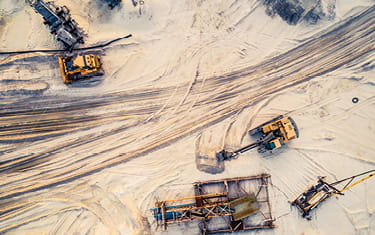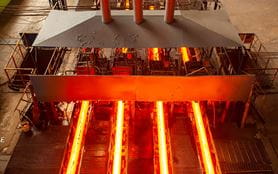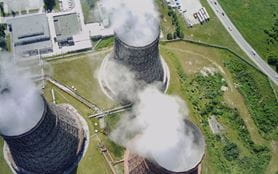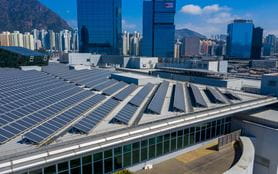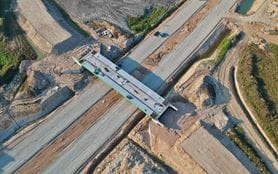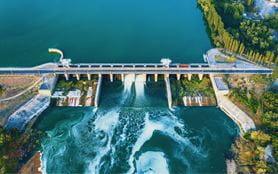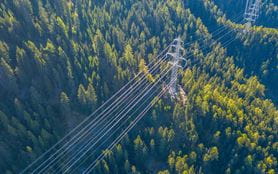The world needs a robust international carbon market
Related people
Headlines in this article
Setting a global price for carbon is critical to delivering Net Zero. But we have a long way to go before the necessary infrastructure is in place to deliver a fully functioning carbon market.
Efforts quickly to remove coal from the global energy mix are challenging given the remaining lifespan of many plants in developing countries. Taking coal-fired power offline needs to be affordable at scale, and this will remain elusive while releasing CO2 is essentially free.
Governments have reduced the cost of wind and solar power via demand-pull instruments (eg feed-in tariffs in the UK) and deployment subsidies (eg tax incentives in the United States). However, inflation and supply chain pressures are now pushing prices back up.
The cost of solar panels for example has risen sharply, threatening the economics of projects whose developers bid competitively for tariffs under more favourable market conditions.
Why a global price for carbon is critical
Setting a global price for carbon and other greenhouse gases is therefore critical to delivering Net Zero (indeed the UN's 2022 Emissions Gap report identifies carbon pricing as one of six policy levers that can transform the financial system to support decarbonisation).
Yet despite more than three decades of debate, we are some way from this goal. Carbon markets are characterised by fragmentation, complexity and divergent models. This must be addressed – urgently.
One of the flagship structures in the Kyoto Protocol was the Clean Development Mechanism (CDM). This was designed to drive project-based investment into developing countries while generating significant carbon credits. These credits could be used to offset voluntary and compliance-driven targets and became a tradeable commodity, yet the CDM regime fell short.
There is a need for greater standardisation of key market principles, such as the legal nature of an emissions unit and adequate protections against reversibility and deliverability risks.
Article 6 of the Paris Agreement has again revived hopes, but we still have a long way to go before the infrastructure is in place to deliver a robust and transparent carbon market and incentivise the project-based investment required to deliver Net Zero.
Key market principles must be standardised
There is also a need for greater standardisation of key market principles, such as the legal nature of an emissions unit, adequate protections against reversibility and deliverability risks, and how best to address change-in-law risk.
It is essential that the detailed framework developed out of Article 6 addresses these long-running themes. However, this will take time. Separately, the Task Force on Scaling the Voluntary Carbon Markets is continuing with its work, but has a massive job on its hands to transform how these markets work.
Demand response creates complex global picture
Despite there being more emissions trading schemes than ever, the market has not signalled a game-changing global price for carbon. This is a significant piece of the puzzle that, perhaps inevitably, governments are deploying an array of policy measures to solve.
Europe’s proposal for a carbon border adjustment mechanism has not been universally popular, with Brazil, China, South Africa and India claiming it is protectionism masquerading as climate action. Carbon taxes and incentive-based measures are being rolled out piecemeal in line with local energy security concerns and political priorities, creating a complex global picture.
These themes will continue to impede the investment and market coherence needed to deliver Net Zero. Investors and operators need to find mitigating strategies, but the sooner governments – whether bilaterally or through multilateral bodies such as the UN – can deliver a coherent framework in which to price and trade carbon, the quicker we move out of the slow lane.

